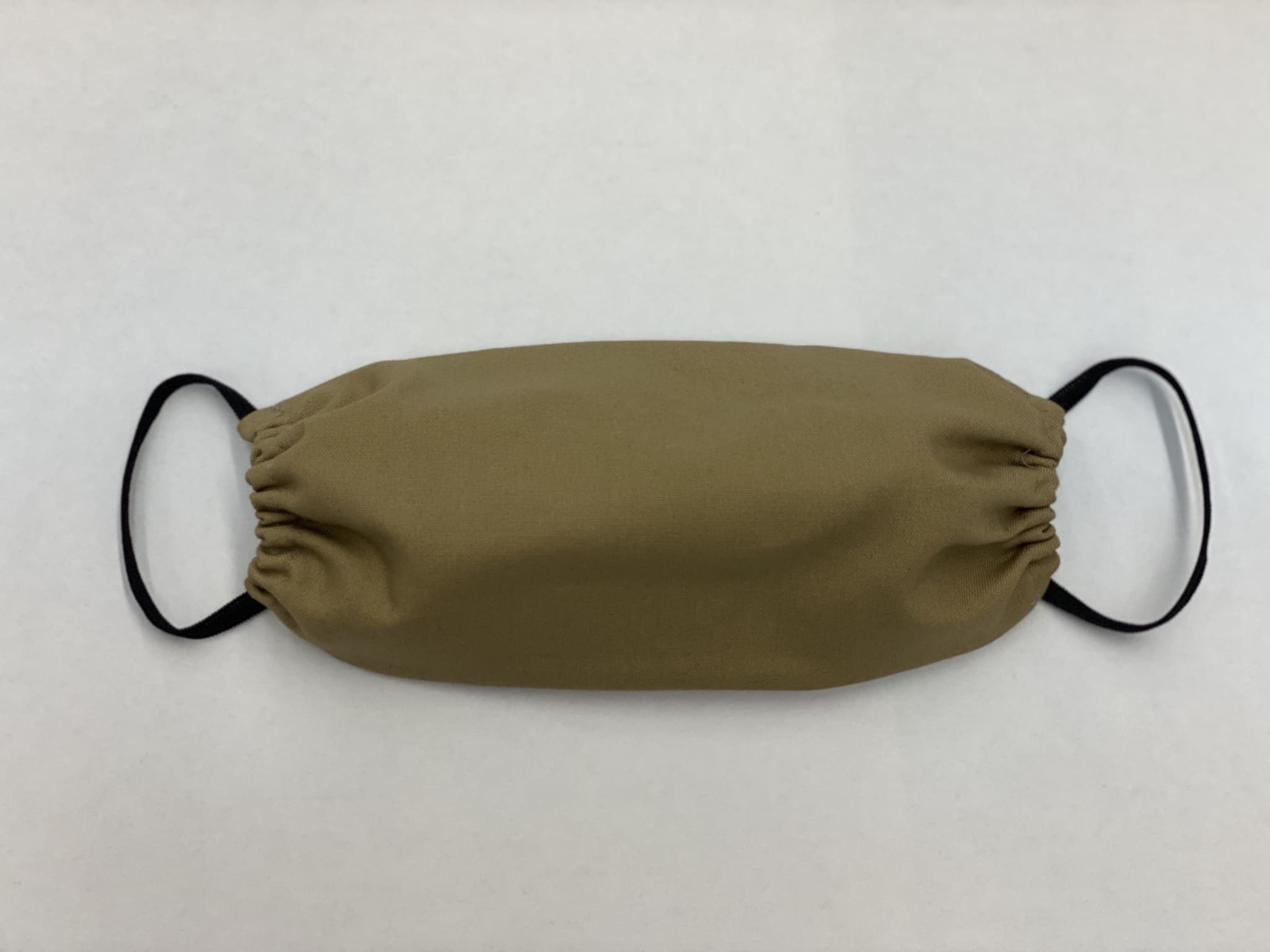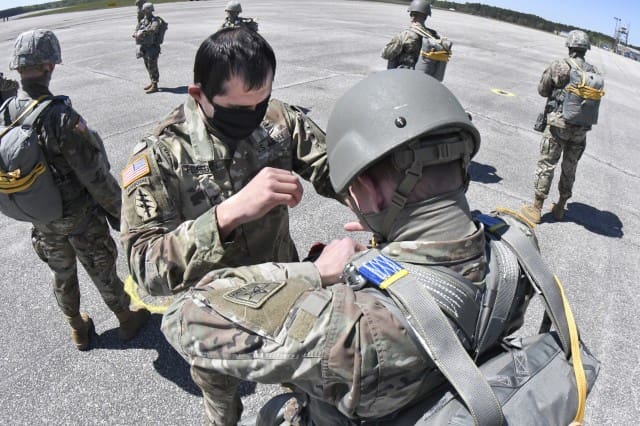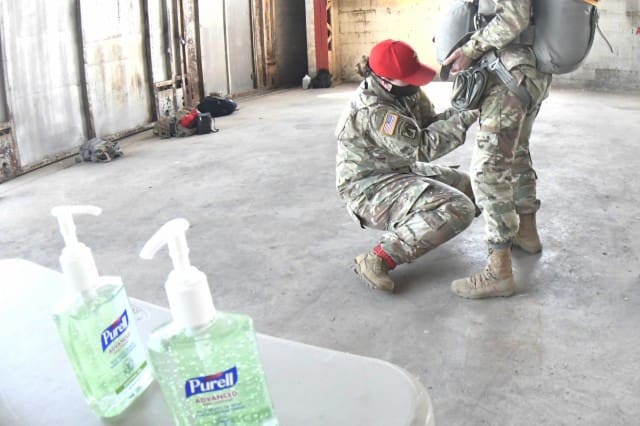Project could deliver more than 576,000 face masks to Air Force bases across the country
DURHAM, N.C., May 6, 2020 – LCI, one of the largest employers of people who are blind in America, has been tasked with distributing over 576,000 face masks to the US Air Force as a response to the COVID-19 pandemic. Six other non-profits are responsible for manufacturing the face masks.

“Employees who are blind are continuously working in our manufacturing centers to deliver quality products that will help to lessen the burden on our essential employees and ease fears in our community, around the corner and across the nation,” said LCI President, Jeffrey Hawting. “The LCI team is extremely proud to take part in delivering materials that will go directly to the men and women of the U.S. Air Force.”
LCI is responsible for the purchase, storage, and delivery of personal protective equipment (PPE) for the US Air Force and has partnered with six additional non-profits for the production of the masks. Blind Industries and Services of Maryland in Halethorpe, Md., Industries of the Blind in Greensboro, N.C., IFB Solutions in Winston-Salem, N.C, Alphapointe in Kansas City, Mo., Southeastern Kentucky Rehabilitation Industries, Inc. (SEKRI) in Corbin, Ky. and Puerto Rico Industries for the Blind in Mayagüez, P.R. are responsible for the production of the masks.

National Industries for the Blind (NIB), the nation’s largest employment resource for people who are blind, will coordinate the project, which will help create and sustain U.S.-based jobs for people who are blind. More than 576,000 masks could be produced by people who are blind for the U.S. Air Force.
Headquartered in Durham, N.C., LCI has been deemed an essential workplace since the onset of the stay-at-home order in North Carolina. LCI Employees, blind and sighted, have continued to produce essential products in their manufacturing and distribution centers such make-to-order medical kits, plastic flatware, facial tissue and kitting of Federal Medical Stations in efforts to alleviate and support the pandemic relief efforts. LCI regularly produces products for the military under the AbilityOne® such as mattresses, locks, shredders, chemical light sticks, and a broad variety of essential office and breakroom products.

“When NIB reached out to us about supplying masks for the bases, we were honored to answer the call,” said DuWayne Gilbertson, vice president, business development at LCI. “As our country navigates its way through unchartered territory in the face of COVID-19, we feel it’s extremely important to help protect those who protect us and keep us safe every day.”
The first shipment of the personal protective equipment is scheduled to reach Air Force bases in mid-May.




























































































































